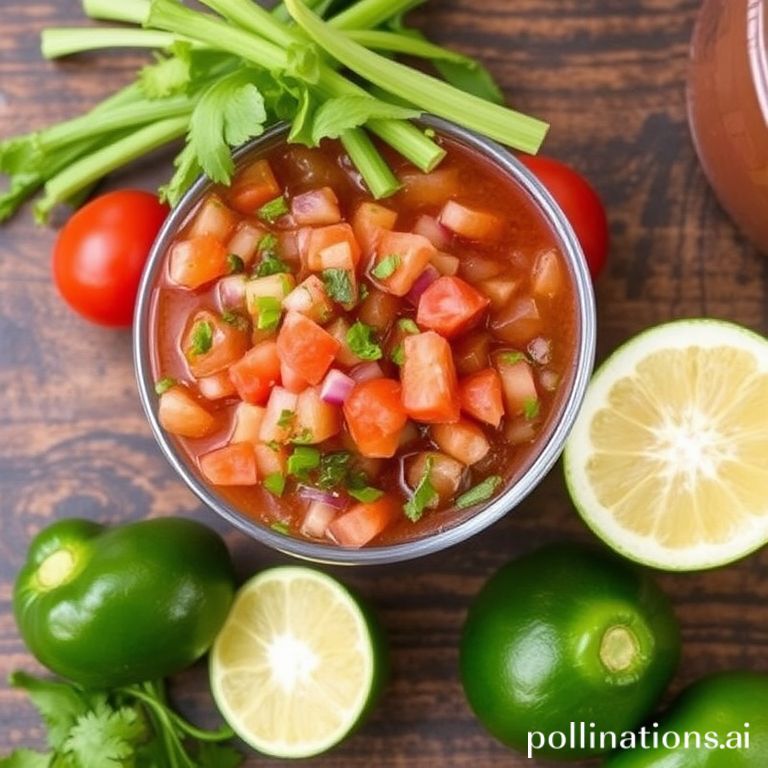Salsa is more than just a condiment in Mexico; it’s a vibrant part of the culture, a staple on every table, and a testament to the country’s rich culinary heritage. From the fiery habanero salsas of the Yucatán to the smoky chipotle salsas of Oaxaca, the varieties are endless and reflect the diverse regional flavors. Forget the bland, store-bought stuff. Once you taste homemade salsa, bursting with fresh ingredients and zesty flavors, you’ll never go back. Let’s learn how to make homemade salsa like a local!
This guide will walk you through creating authentic Mexican salsa in your own kitchen. We’ll cover the essential ingredients, traditional methods, and some tips and tricks to ensure your salsa is a guaranteed hit. So, grab your apron, gather your tomatoes, and get ready to spice things up!
Essential Ingredients for Authentic Salsa
The beauty of salsa lies in its simplicity. You don’t need a long list of fancy ingredients to create a flavor explosion. Here are the staples you’ll need to get started:
- Tomatoes: The foundation of most salsas. Roma tomatoes are a popular choice due to their meaty texture and low water content.
- Onions: White or yellow onions provide a sharp, pungent base.
- Chiles: This is where you control the heat! Jalapeños, serranos, and habaneros are common choices, each offering a different level of spice. Remember to handle them with care!
- Garlic: Aromatic and essential for depth of flavor.
- Cilantro: Adds a fresh, herbaceous note.
- Lime Juice: Brightens the flavors and adds a touch of acidity.
- Salt: Enhances all the other flavors.
Traditional Methods: From Molcajete to Blender
There are two main ways to prepare salsa: using a molcajete (a traditional Mexican mortar and pestle) or a blender/food processor. Each method yields a slightly different texture and flavor.
The Molcajete Method: Rustic and Flavorful
Using a molcajete is the traditional way to make salsa, and many believe it produces the best flavor. The rough surface of the stone grinds the ingredients, releasing their essential oils and creating a textured salsa with a rustic feel.
- Toast the chiles: Lightly toast your chosen chiles on a dry skillet until fragrant and slightly softened.
- Grind the garlic and salt: Start by grinding the garlic and salt in the molcajete until it forms a paste.
- Add the chiles: Gradually add the toasted chiles, grinding them into the garlic paste.
- Incorporate the onions and tomatoes: Add the onions and tomatoes, grinding them to your desired consistency. Some people prefer a chunkier salsa, while others prefer a smoother texture.
- Stir in cilantro and lime juice: Finish by stirring in the chopped cilantro and lime juice.
The Blender Method: Quick and Convenient
If you’re short on time or prefer a smoother salsa, a blender or food processor is a great option. However, be careful not to over-blend, as this can result in a watery salsa.
- Roast or boil the tomatoes and chiles: Roasting brings out the sweetness of the tomatoes, while boiling softens them quickly.
- Combine ingredients in the blender: Add the tomatoes, chiles, onions, garlic, cilantro, lime juice, and salt to the blender.
- Pulse until desired consistency: Pulse the blender until the salsa reaches your desired consistency. Be careful not to over-blend!
Tips for the Perfect Homemade Salsa
- Taste as you go: Adjust the amount of chiles to your desired level of spice.
- Use fresh ingredients: The fresher the ingredients, the better the flavor.
- Don’t be afraid to experiment: Try different combinations of chiles, tomatoes, and herbs to create your own signature salsa.
- Let it rest: Allow the salsa to sit for at least 30 minutes before serving to allow the flavors to meld together.
- Storage: Homemade salsa can be stored in an airtight container in the refrigerator for up to a week.
Beyond the Basics: Salsa Variations to Try
Once you’ve mastered the basic salsa recipe, the possibilities are endless! Here are a few variations to get you started:
- Salsa Verde: Made with tomatillos instead of tomatoes.
- Pico de Gallo: A fresh, chunky salsa with tomatoes, onions, cilantro, and jalapeños.
- Salsa de Chile de Árbol: A fiery salsa made with dried chile de árbol peppers.
- Mango Salsa: A sweet and spicy salsa with mangoes, red onions, jalapeños, and cilantro.
Conclusion
Making homemade salsa like a local is easier than you think! With fresh ingredients, a little practice, and a dash of creativity, you can create a salsa that’s bursting with flavor and authentically Mexican. Whether you choose the traditional molcajete method or the quick blender approach, the result will be a delicious and vibrant addition to any meal. So, ditch the store-bought stuff and embrace the art of homemade salsa. Your taste buds will thank you!
Ready to experience more authentic Mexican flavors? Check out our other articles on traditional recipes and culinary adventures in Mexico!
IMAGE: A vibrant, close-up shot of freshly made salsa in a molcajete. The salsa is chunky and colorful, with visible pieces of tomatoes, onions, cilantro, and chiles. A traditional Mexican spoon rests inside. The background is a blurred scene of a brightly lit Mexican kitchen with colorful tiles and traditional pottery. The mood is warm, inviting, and authentic. Style: Food photography, natural lighting.


